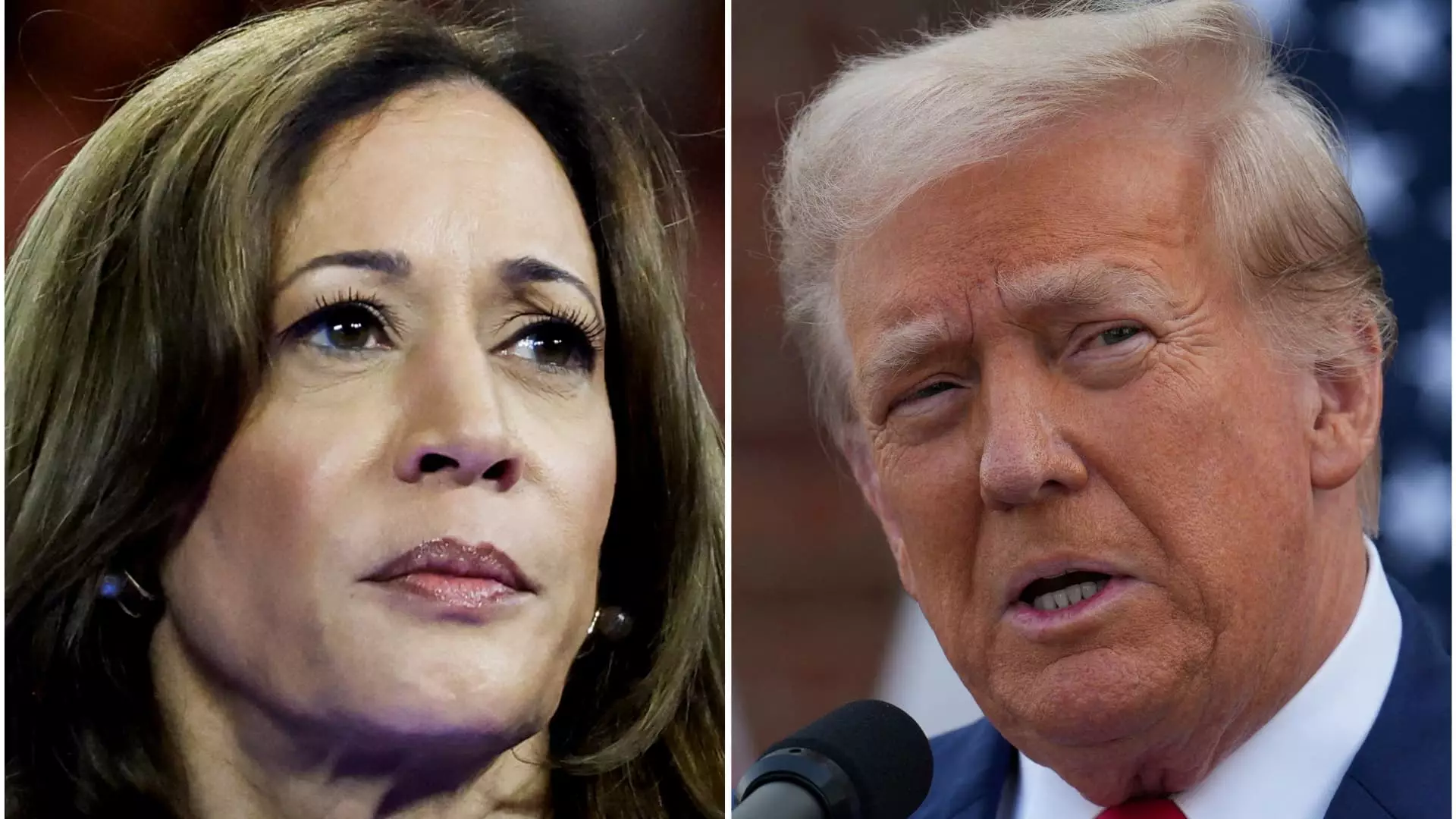In the midst of a heated election season, the focus has shifted to potential changes in capital gains taxes and how they could influence investments. Democratic Vice Presidential nominee, Kamala Harris, made headlines last week with a proposal to set the long-term capital gains tax at 28% for individuals earning more than $1 million annually. This rate would be an increase from the current 20%. However, Senator Bernie Sanders has shown support for an even higher rate. In comparison, President Joe Biden’s budget proposal for 2025 calls for a 39.6% long-term capital gains tax for those making over $1 million per year. The net investment income tax (NIIT) would also see an increase from 3.8% to 5% under Harris’ plan, matching Biden’s proposal for those with modified adjusted gross income over $400,000. This move would bring the combined rate to 33% for top earners under Harris’ plan and 44.6% under Biden’s proposal.
Former President Donald Trump has been a strong advocate for tax cuts but has not offered a specific capital gains tax plan. The Heritage Foundation, along with other conservative organizations, introduced “Project 2025” which aimed at setting a 15% tax rate for capital gains and dividends while abolishing the NIIT. While some Trump officials have been linked to this project, the former President has distanced himself from it. It is clear that the direction of capital gains tax changes will depend on Congressional approval and the outcome of the upcoming elections for control of the House and Senate.
Over the past few decades, capital gains tax rates have typically been lower than ordinary income tax rates according to the Tax Foundation. Harris’ proposed combined 33% rate for top earners would be the highest since 1978 when it was nearly 40%. Reagan’s 1986 top capital gains rate of 28% has been a significant benchmark, matching the ordinary income rate at the time. Following tax cuts implemented by President George W. Bush, the top capital gains tax rate dropped to 15% from 2003 to 2012, the lowest since the Great Depression.
The Tax Foundation highlights the volatility of capital gains revenue compared to regular income tax collections due to the timing of when investors sell off assets. This poses challenges for policymakers in estimating revenue from proposed tax changes. Investors have the flexibility to choose when to sell assets and incur capital gains taxes, with higher rates potentially leading to deferred sales. There is also the possibility of strategically realizing gains in the 0% tax bracket based on individual financial situations and goals.
The proposed changes in capital gains tax rates by the different candidates reflect their economic ideologies and priorities. The eventual impact of these changes will be determined by a variety of factors including legislative approval, economic conditions, and investor behavior. It is essential for investors to stay informed and adapt their financial strategies accordingly to navigate the evolving tax landscape effectively.

